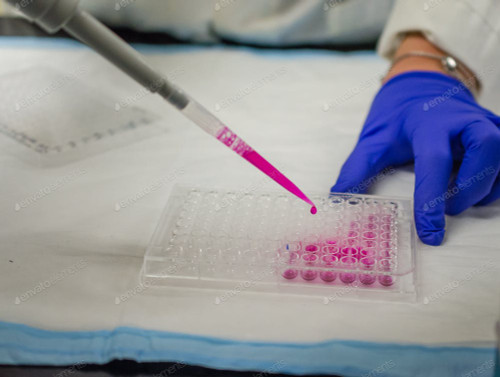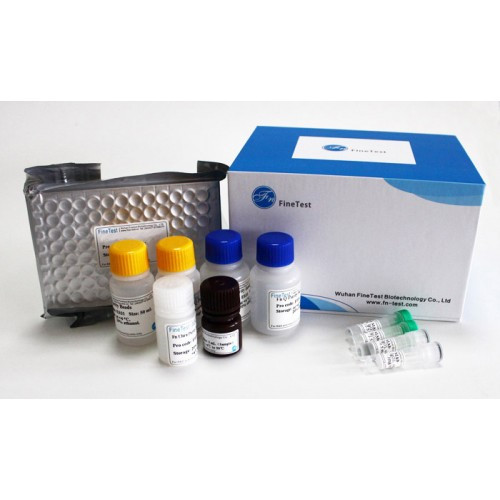Product Description
Recombinant Mouse Growth/differentiation factor 5 (Gdf5) is available at Gentaur for Next week Delivery.
Gene Name: Gdf5
Alternative Names : Bone morphogenetic protein 14;BMP-14
Expression Region : 376-495aa
AA Sequence : APLANRQGKRPSKNLKARCSRKALHVNFKDMGWDDWIIAPLEYEAFHCEGLCEFPLRSHLEPTNHAVIQTLMNSMDPESTPPTCCVPTRLSPISILFIDSANNVVYKQYEDMVVESCGCR
Sequence Info : Full Length of Mature Protein
Tag Info : N-terminal 6xHis-tagged
Theoretical MW : 17.6 kDa
Storage Buffer : Tris/PBS-based buffer, 5%-50% glycerol. If the delivery form is lyophilized powder, the buffer before lyophilization is Tris/PBS-based buffer, 6% Trehalose, pH 8.0.
Endotoxin Level : Not tested-
Biological Activity : Not tested
Storage : Short term: -20°C; Long term: -80°C. Minimize freeze and thaw cycles.
Research Area : Others
Restriction : For Research Use Only. Not for use in diagnostic procedures, drug use, or for administration to humans or animals.
Relevance : Growth factor involved in bone and cartilage formation. During cartilage development regulates differentiation of chondrogenic tissue through two pathways. Firstly, positively regulates differentiation of chondrogenic tissue through its binding of high affinity with BMPR1B and of less affinity with BMPR1A, leading to induction of SMAD1-SMAD5-SMAD8 complex phosphorylation and then SMAD protein signaling transduction . Secondly, negatively regulates chondrogenic differentiation through its interaction with NOG . Required to prevent excessive muscle loss upon denervation. This function requires SMAD4 and is mediated by phosphorylated SMAD1/5/8 . Binds bacterial lipopolysaccharide (LPS) and mediates LPS-induced inflammatory response, including TNF secretion by monocytes .
Function : Growth factor involved in bone and cartilage formation. During cartilage development regulates differentiation of chondrogenic tissue through two pathways. Firstly, positively regulates differentiation of chondrogenic tissue through its binding of high affinity with BMPR1B and of less affinity with BMPR1A, leading to induction of SMAD1-SMAD5-SMAD8 complex phosphorylation and then SMAD protein signaling transduction (By similarity). Secondly, negatively regulates chondrogenic differentiation through its interaction with NOG (By similarity). Required to prevent excessive muscle loss upon denervation. This function requires SMAD4 and is mediated by phosphorylated SMAD1/5/8
Involvement in disease : Defects in Gdf5 are the cause of brachypodism (bp) which alters the length and numbers of bones in the limbs but spares the axial skeleton.
Subcellular location : Secreted, Cell membrane
Protein Families : TGF-beta family
Tissue Specificity :
Paythway :
Uniprot ID : P43027
 Euro
Euro
 British Pound
British Pound
 US Dollar
US Dollar








